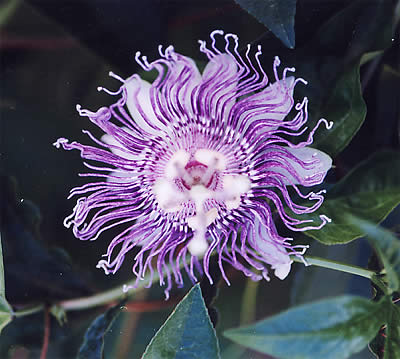
Preview
Material for Exam 2 - Fall 2006
Print
the PDF version (no pictures, better printing)
The passionvine, Passiflora, produces toxic chemicals that protect its leaves from most insects. But caterpillars of the butterfly Heliconius have digestive enzymes that break down the toxins, but only the levels present in the small immature leaves (new growth). As a result, Heliconius gains access to a food source that few other insects can use. The leaves of some passionvine species produce yellow sugar deposits that look like the eggs of Heliconius. Female butterflies avoid laying their eggs on leaves that already have eggs. This increases the likelihood that their caterpillar offspring will have a large supply of leaf to eat upon hatching. The females respond to the yellow sugar deposits as if they were eggs, and Passiflora species with yellow sugar deposits are less likely to be eaten by newly hatched caterpillars. Some passionvine species spend long periods of time with no growth of new leaves, therefore some Heliconius must go long periods of time without laying eggs because no foodplant is available for the caterpillars. These butterfly populations have adapted to using the pollen of a local vine (Psiguria) as a food source. Eating pollen allows them to live and postpone laying eggs until the Passiflora puts on new growth leaves.

Two groups of pea plants are kept under identical conditions except the light to which they are exposed. One group of pea plants is illuminated with red light and the other group is illuminated with green light.
The Advanced Life Support Program of NASA plans to include crop plants in developing planetary outposts in the future
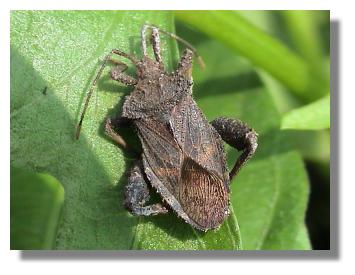
In the summer of 1996, Winter Cherry bugs were observed feeding on the tree Duboisia leichardtii, that produces atropine, without ill-effects. In addition to atropine, the tree sap contains sucrose, a common sugar in plant sap. Winter Cherry bugs have an enzyme that produces glucose and fructose from the sucrose. The authors of the paper concluded that the bugs and the tree coevolved.
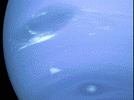
A space probe was sent recently to a distant planet far from our sun. The mission of the probe was to make measurements about the planet’s physical environment and sample and bring back specimens of living organisms. It was determined that only blue wavelengths of light were illuminating the planet’s surface. In addition to other life forms, the probe collected a few, random plants and brought them back to Earth.

Dopamine is a neurotransmitter. It is common in nerves whose action potentials trigger voluntary muscle movement or the sensation of pleasure in the brain. Cocaine affects the body primarily by altering the function of nerves that use dopamine as their neurotransmitter.
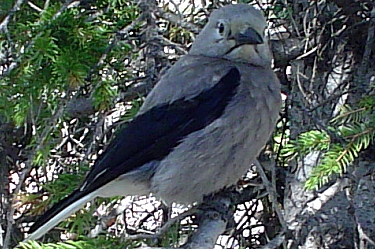
Clark’s Nutcracker is a small bird that stores the seeds and nuts on which they feed. A single bird may store tens of thousands of seeds every year in the ground, under leaves, or in crevices. The birds use their long, sharp bills to pry the seeds out of the cones from certain species of pines and carry seeds in a pouch under their tongues. The seeds that the birds eat possess structures that make them easier to bury. The trees that produce these seeds do so at times that increase the chances that birds will bury the seeds. Studies show that without the birds to bury the seeds at the right depth for growth, the trees do not reproduce well.
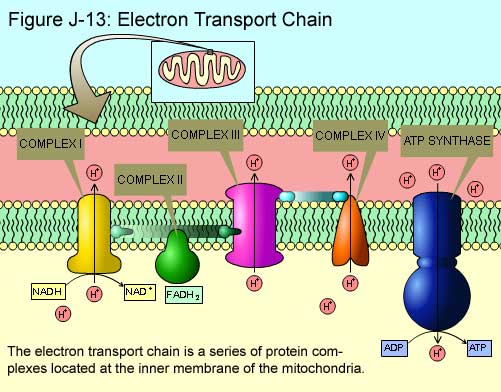
Leber’s Hereditary Optic Neuropathy (LHON) is a disease that impairs vision. The disease usually develops between the early teens and 30 years of age. Most often, there is fairly rapid painless visual loss in one eye followed weeks or months later by vision loss in the opposite eye. Vision loss in LHON usually leaves the patient legally blind, i.e., 20/200 or worse. This disease is due to a mutation that reduces the efficiency of electron transfer to the first protein in the Electron Transport Chain in the inner mitochondrial membrane.
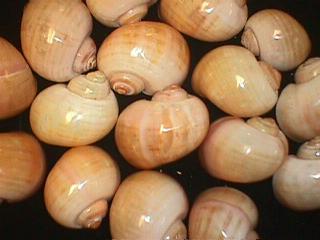
A scientist observes birds feeding on a group of snails. The birds break the snail shells open by tapping them on rocks and then feed on the soft body of the snail. The scientist notices that in one area among the rocks there are snails with striped shells and snails with unstriped shells. She is interested in whether or not the shell type influences the rate at which birds eat the snails.

In one area the scientist collects the following data:
|
Striped Shells |
Unstriped Shells |
Total |
Percent striped |
Live (intact) |
264 |
296 |
560 |
47.1% |
Dead (broken) |
486 |
377 |
863 |
56.3 |
